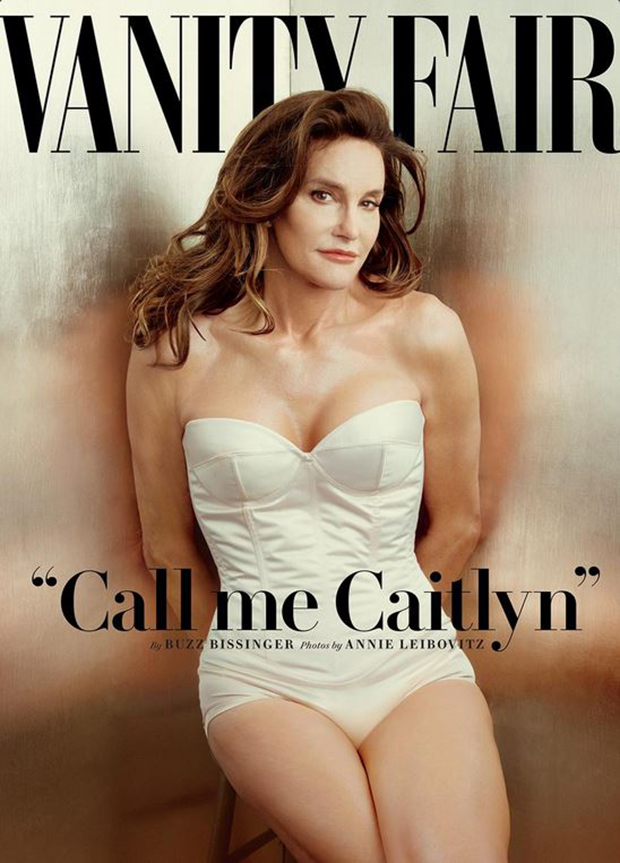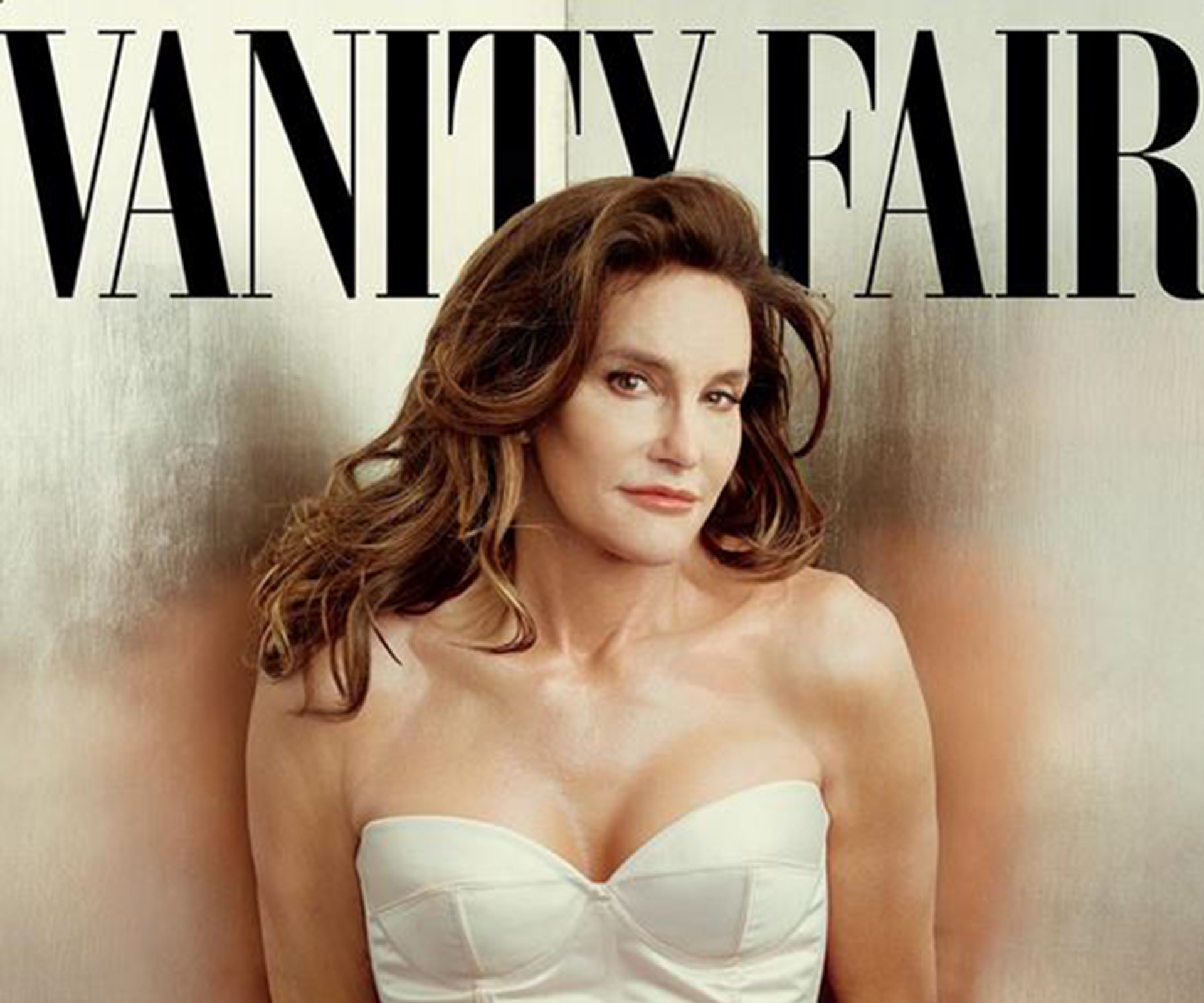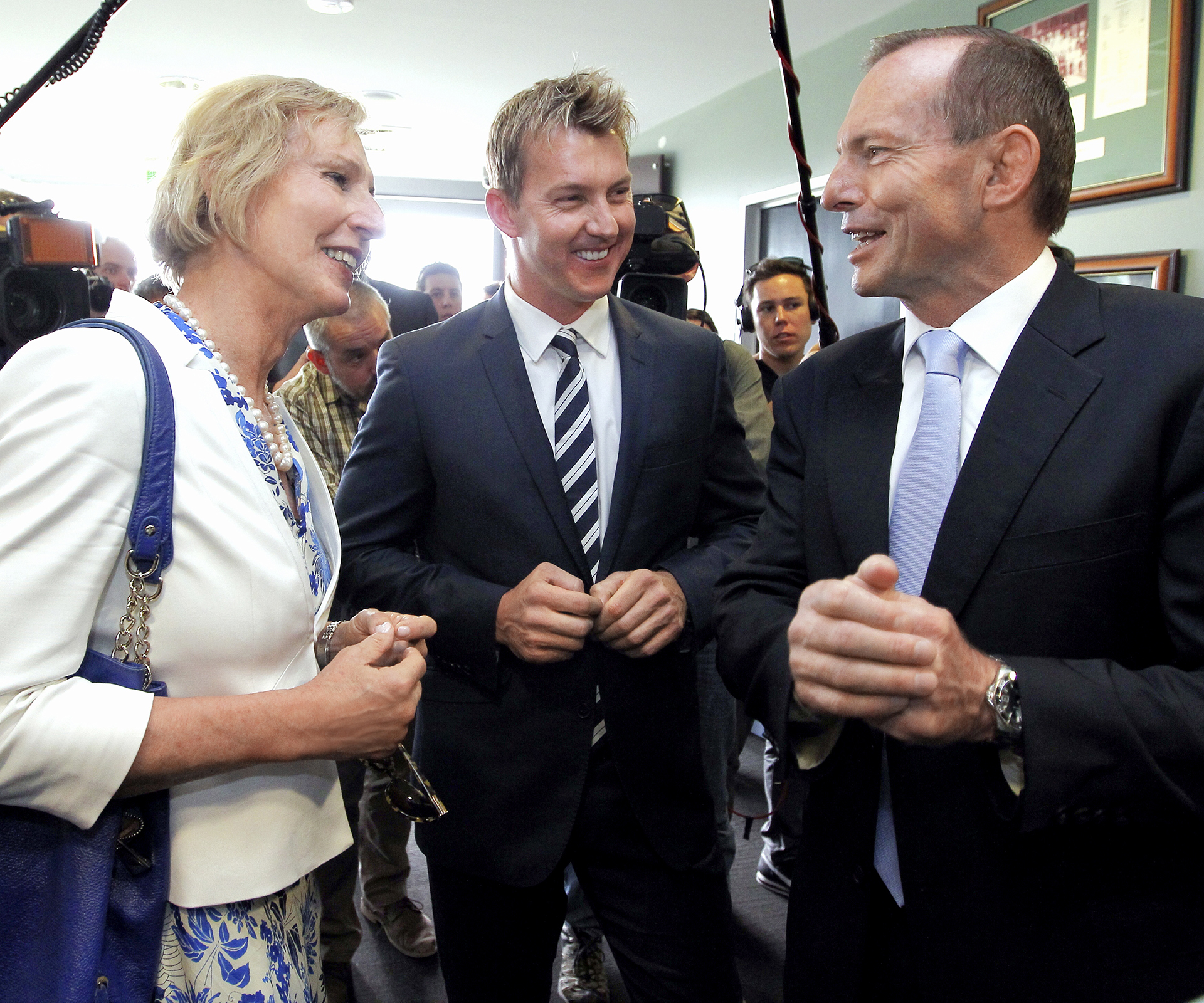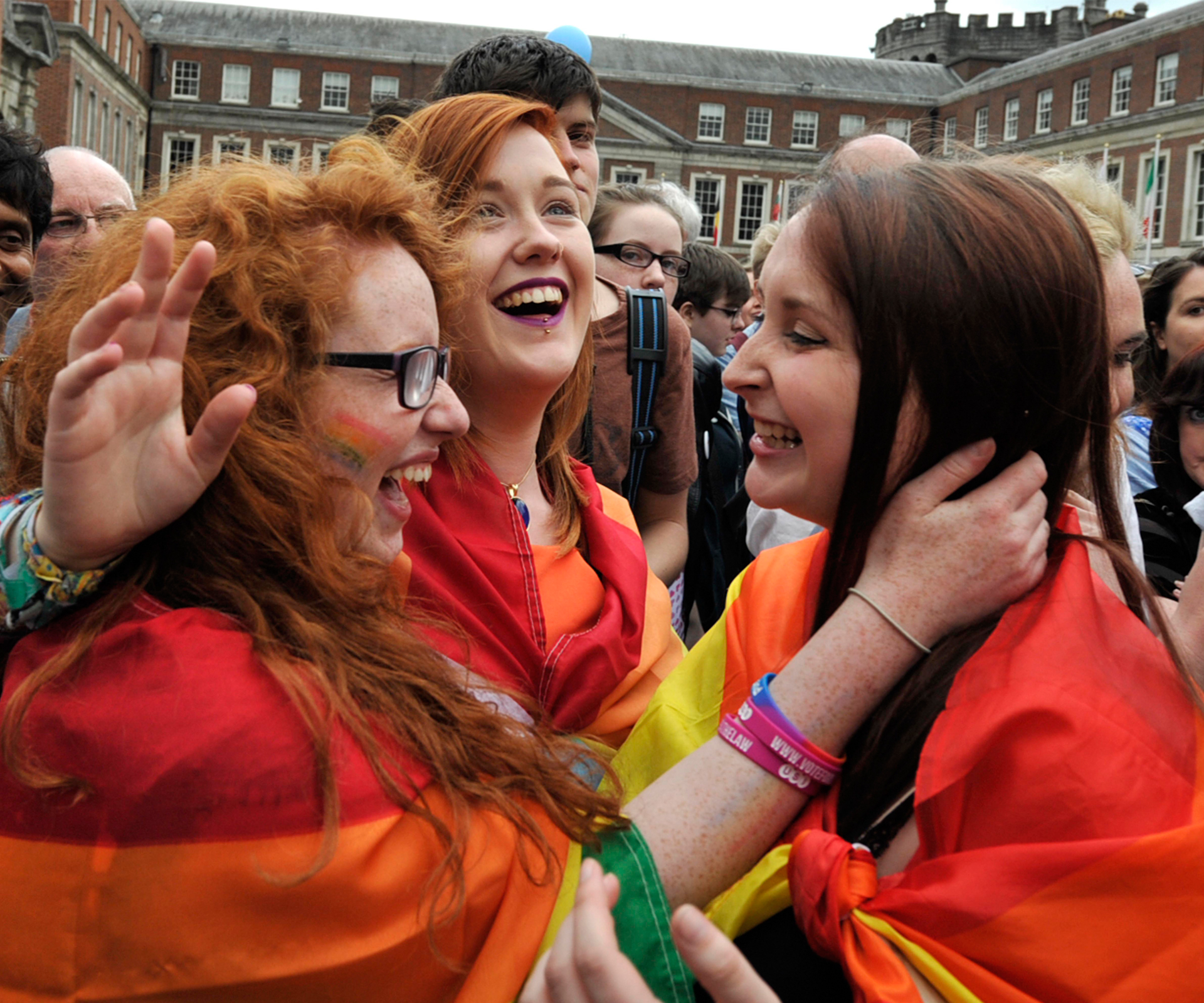Caitlyn Jenner, the transgender woman who once won Olympic gold as the world’s greatest male athlete, appears on the cover of the July issue of the iconic US magazine Vanity Fair. Is this a watershed moment in the acceptance of transgender sexuality asks Michael Sheather.
For those of us old enough to remember, Bruce Jenner wasn’t just another Olympic jock. He was, back when he won gold at the Montreal Olympics in 1976, a near perfect specimen of masculinity – muscular, talented, driven, handsome and charismatic.
Yet today, that man is an attractive woman dressed in a white corset, an image that has flashed across the world accompanied not by an outcry of outright derision or condemnation (although there are plenty of rednecks out there still carrying pitchforks and torches), but by words of acceptance- inspirational, brave, ground-breaking .
It’s not the first time magazines have led the way on such issues. Demi Moore posed naked and pregnant for Vanity Fair in 1991, and helped change perceptions about beauty and pregnancy forever. Ellen DeGeneres did the same thing for Lesbians on the cover of Time in 1997. Perhaps Caitlyn is providing a similar moment now.
The media, overall, has picked up Caitlyn’s story with a positive slant. So what does that mean?
Are we, as a society, finally at a point where we are ready to extend the hand of inclusion to those who sit outside the accepted boundaries of “normal” (whatever that really means)?
Perhaps we are.
I recall another very masculine man, an Australian, who revealed his preferences for women’s clothing back in 1997.
He was Peter Wherrett, one of the country’s most respected motoring journalists and a television personality with a huge public profile during the 70s and 80s from his ABC TV motoring program Torque.
The revelation was a shock for many of his fans. How, they asked, could this be true? Peter drove fast cars, wore cable knit jumpers and had a deep voice. How could he dress up as a girl?
But he did, in private, and had done most of his life.
While many stood by Peter, some didn’t. The news was splashed in tabloid fashion across the country’s front pages and, he was, at least in some quarters, held up to some ridicule.
Though he continued to work in TV he eventually moved to Queensland to take up a quieter, less high profile life.

Peter, three-times married , a man who always expressed a passion for women, went on to write The Gender Trap, which examined the “compulsive nature of cross-dressing” before choosing to live the last few years of his life as a woman named Pip Wilson.
The difference between Pip and Caitlyn is surely a matter of timing. And possibly maturity.
Caitlyn, like Pip, has her own high profile but on a much larger scale. In some ways, it helps that she is connected to the Kardashian roadshow.
It would, too, have been easy to dismiss the whole affair as just another part of that family’s over-the –top, all-too-needy addiction to publicity if not for Caitlyn’s sometimes brutal honesty in her interview with US TV’s Diane Sawyer.
The Kardashians might be frivolous and fluffy, but what Caitlyn is doing is not.
It takes a lot of guts to be honest about who you really are, sometimes at great cost. And once the genie is out of the bottle, you can’t put it back in.
Today, Australia is in the midst of a debate on gay marriage that has been a long time coming.
The majority of Australians, it seems, are ready to make this decision if our politicians are willing to allow it.
Australians have always prided ourselves on being a welcoming and accepting country, though we haven’t always lived up to that ideal.
But perhaps it is time to live up to it. It’s just a matter of having the guts to be honest about who we are and who we want to be.




